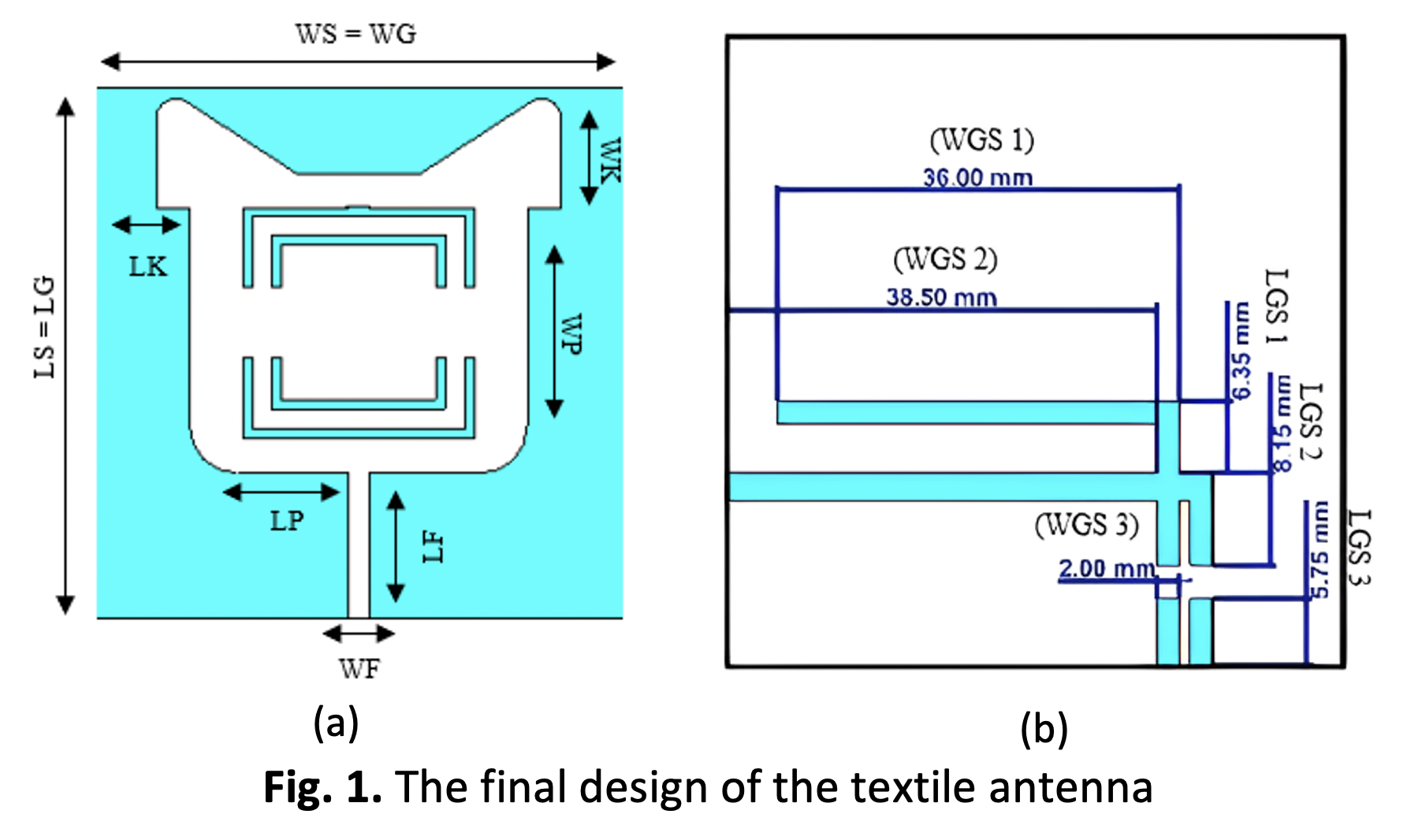Detection of Breast Tumour Depth using Felt Substrate Textile Antenna
DOI:
https://doi.org/10.37934/araset.39.1.5975Keywords:
Depth detector, Flexible antenna, Ultra-wideband, Breast tumour, Textile antennaAbstract
Breast cancer is a frightening type of cancer for women globally, including in Indonesia. Early detection of cancer symptoms is crucial to reducing mortality rates. Microwave imaging systems using the ultra-wideband (UWB) can detect objects, particularly in medical diagnosis. The textile antenna is the latest development in antenna technology that can be used on the human body. This antenna can be bent and adjusted to the body's complex shape. This research proposed a textile antenna using the felt dielectric substrate material operating at 3.8 GHz. The simulation results showed a return loss value of -47.5138 dB and a bandwidth of 1.4 GHz. The antenna was also tested on a breast phantom with a tumour scenario, showing higher amplitude in the quadrant with the tumour. The fabrication was done manually through laser cutting and heat-assisted bonding. The antenna made of the felt substrate material could detect breast tumours’ multiple depths or layers using the graphical user interface (GUI) programming.
Downloads





























